13 EFFECT OF OXYGEN ON BACTERIAL GROWTH
LEARNING OBJECTIVES
Distinguish the oxygen requirements of microorganisms
Explain the impact of microbe’s oxygen requirement on the ability to culture and control their growth
Discuss methods to generate aerobic, microaerophilic, obligate and facultative anaerobic atmospheric conditions
Classify bacteria according to oxygen requirements
MCCCD OFFICIAL COURSE COMPETENCIES
Identify structural characteristics of the major groups of microorganism
Compare and contrast prokaryotic cell and eukaryotic cells
Compare and contrast the physiology and biochemistry of the various groups of microorganisms
Apply various laboratory techniques to identify types of microorganisms
Utilize aseptic technique for safe handling of microorganisms
MATERIALS
Demonstrations per table
TSA plates with Escherichia coli grown in room air, gas pak jar and candle jar
TSA plates with Clostridium sporogenes grown in room air, gas pak jar and candle jar
TSA plates with Pseudomonas aeruginosa grown in room air, gas pak jar and candle jar
Equipment per table:
Bottle of Hydrogen peroxide
Glass slides – 3
Inoculating loop
The presence or absence of molecular oxygen can be a critical factor in the ability of bacteria to grow in each environment. When bacteria use oxygen in cellular respiration and other chemical reactions, damaging superoxide and peroxides are produced. These highly reactive byproducts damage the cell unless they are quickly neutralized. Bacteria called aerobes produce ATP via aerobic energy production (cellular respiration) using oxygen as the final member of the electron transport chain. Aerobes produce enzymes such as catalase, peroxidase and/or superoxide dismutase that break down toxic forms of oxygen and their intermediate byproducts. Bacteria called anaerobes produce ATP via anaerobic energy production using nitrate, sulfate, or a ferric ion as the final member of the electron transport chain. Anaerobes have no tolerance of oxygen since they cannot produce catalase, peroxidase and/or superoxide dismutase.
This extensive classification scheme has been developed to group bacteria according to their oxygen requirements:
Obligate Aerobes- Produce ATP via aerobic energy production. Require around 20% atmospheric oxygen.
Microaerophiles- Produce ATP via aerobic energy production or fermentation. Require between 5-15% atmospheric oxygen for growth.
Aerotolerant anaerobes-Produce ATP anaerobically, and can ferment. Oxygen can be present, but they do not utilize it for ATP production or fermentation.
Capnophiles–Produce ATP via aerobic energy production. Require between 5-15% atmospheric oxygen and increased (10%) carbon dioxide.
Facultative Anaerobes–Produce ATP via aerobic energy production, anaerobic energy production, or fermentation. These organisms grow equally well in aerobic or anaerobic environments.
Obligate Anaerobes –Produce ATP via anaerobic energy production or fermentation. organisms that die in the presence of atmospheric oxygen because they lack the enzymes needed to break down toxic forms of oxygen and their intermediate byproducts.
Thioglycollate is a medium designed to test the aerotolerance of bacteria. Along with nutrients, it contains a reducing agent, sodium thioglycollate, which combines with oxygen to produce water. Thioglycollate also contains a small amount of agar which helps retard oxygen diffusion and helps maintain the stratification of organisms growing in different layers of the broth. Because the thioglycollate can eliminate the oxygen in the bottom of the tube, but not at the surface, varying concentrations of oxygen are found within the tube. On occasion, an Eh indicator is added to the media to indicate the presence or absence of oxygen. Eh refers to an electron indicator which shows the redox state of the medium, thus showing where the aerobic and anaerobic zones separate. For example, resazurin is pink in the presence of oxygen and colorless when reduced.
A candle jar can readily achieve microaerophilic and capnophilic conditions. After inoculated plates or tubes are placed in a jar, a lit candle is added and the lid on the candle jar is then tightly sealed. As the flame on the candle burns, it uses up much of the oxygen and produces carbon dioxide.
A Gas Pak jar is used to grow strict anaerobes that must be grown in an atmosphere without free oxygen present. Plates or tubes are placed in a jar along with Gas Pak envelopes that function as disposable hydrogen and carbon dioxide generators. The hydrogen combines with the oxygen in the jar to produce water. To indicate anaerobic conditions are in the Gas Pak jar, a strip of paper soaked in methylene blue dye is included in the jar. Methylene blue is colorless when oxygen is absent and blue when oxygen is present.
PRE-ASSESSMENT
Growth of microorganisms in various concentrations of oxygen
1. Observe the TSA plates inoculated with E. coli, Clostridium and Pseudomonas in the various oxygen concentrations.
2. Record growth (+) or no growth (-) on the worksheet.
Production of Catalase
1. Obtain a glass slide and a small bottle of hydrogen peroxide.
2. Using a sterilized inoculating loop, take a small amount of E. coli onto a dry slide. Place the slide on a dark background for better observation.
3. Place a drop of hydrogen peroxide on top of the bacterial smear.
4. The immediate appearance of bubbles indicates the organism can produce catalase.
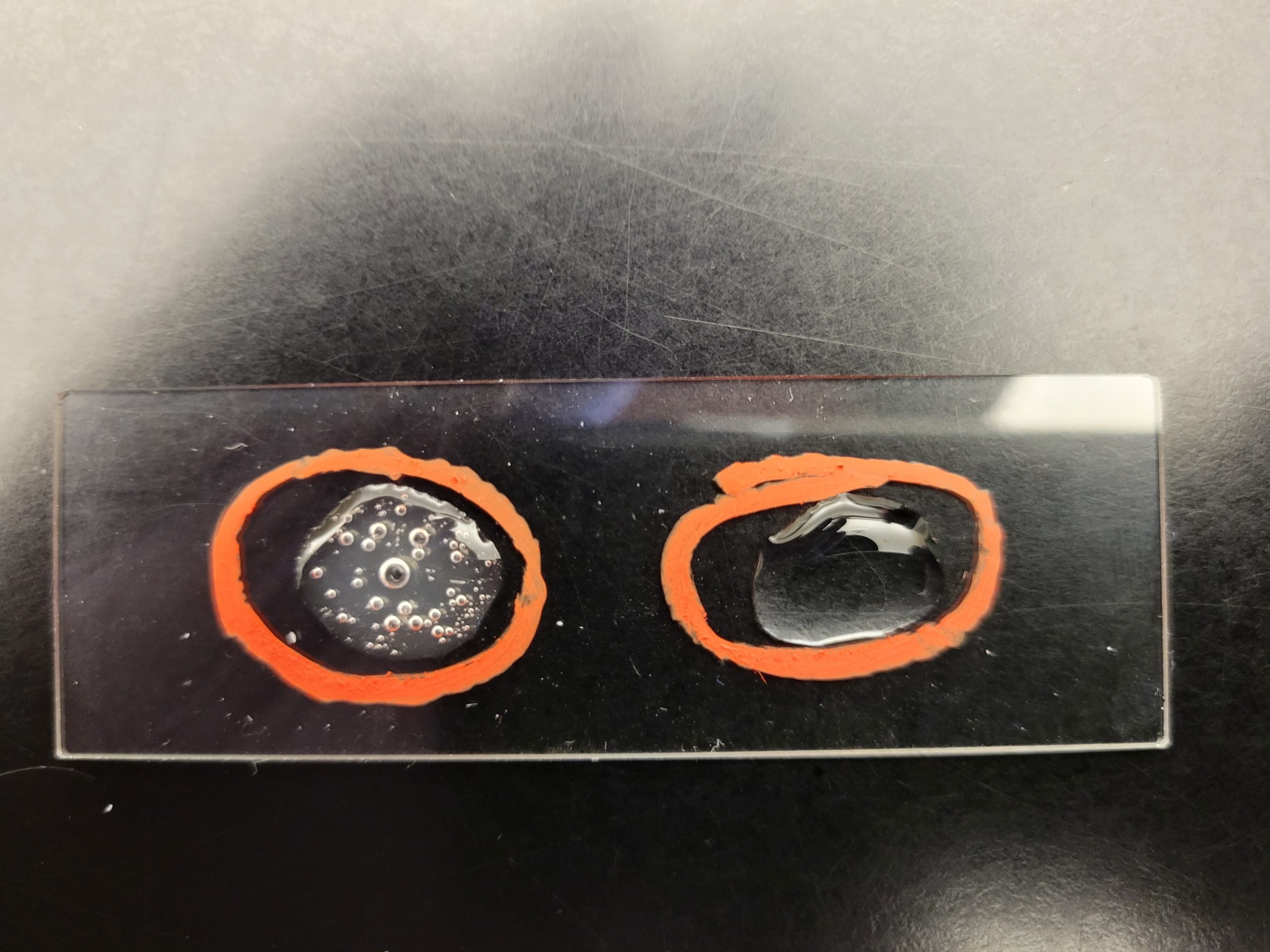
5. Repeat this procedure with the Pseudomonas and Clostridium.
6. Record the results on the worksheet.
Growth in thioglycollate tubed media
1. Using the information gathered above, hypothesize where the bacteria would grow in the thioglycollate media. Record the reaction on the worksheet.
Growth on the media surface
Growth throughout the media
Growth only near the bottom half of the media
Classification based on the Oxygen requirements
1. Using the information gathered above, classify the bacteria based on its ability to use oxygen. Record the results on the worksheet.
Obligate Aerobe–needs oxygen to grow
Facultative Anaerobe–able to grow in oxygen, but does not require it
Microaerophilic–grows in decreased amount of oxygen
Obligate Anaerobe–cannot grow in oxygen
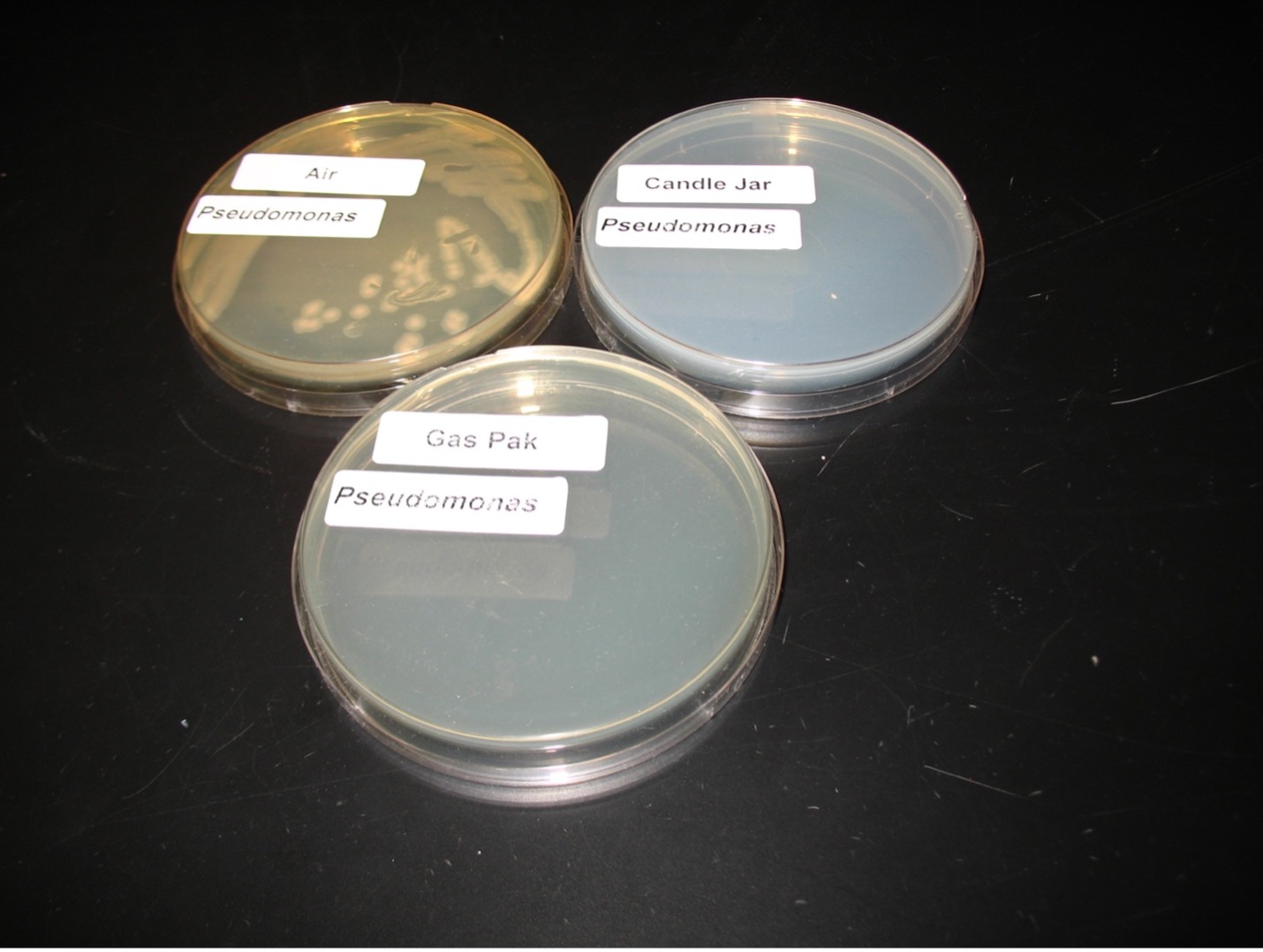


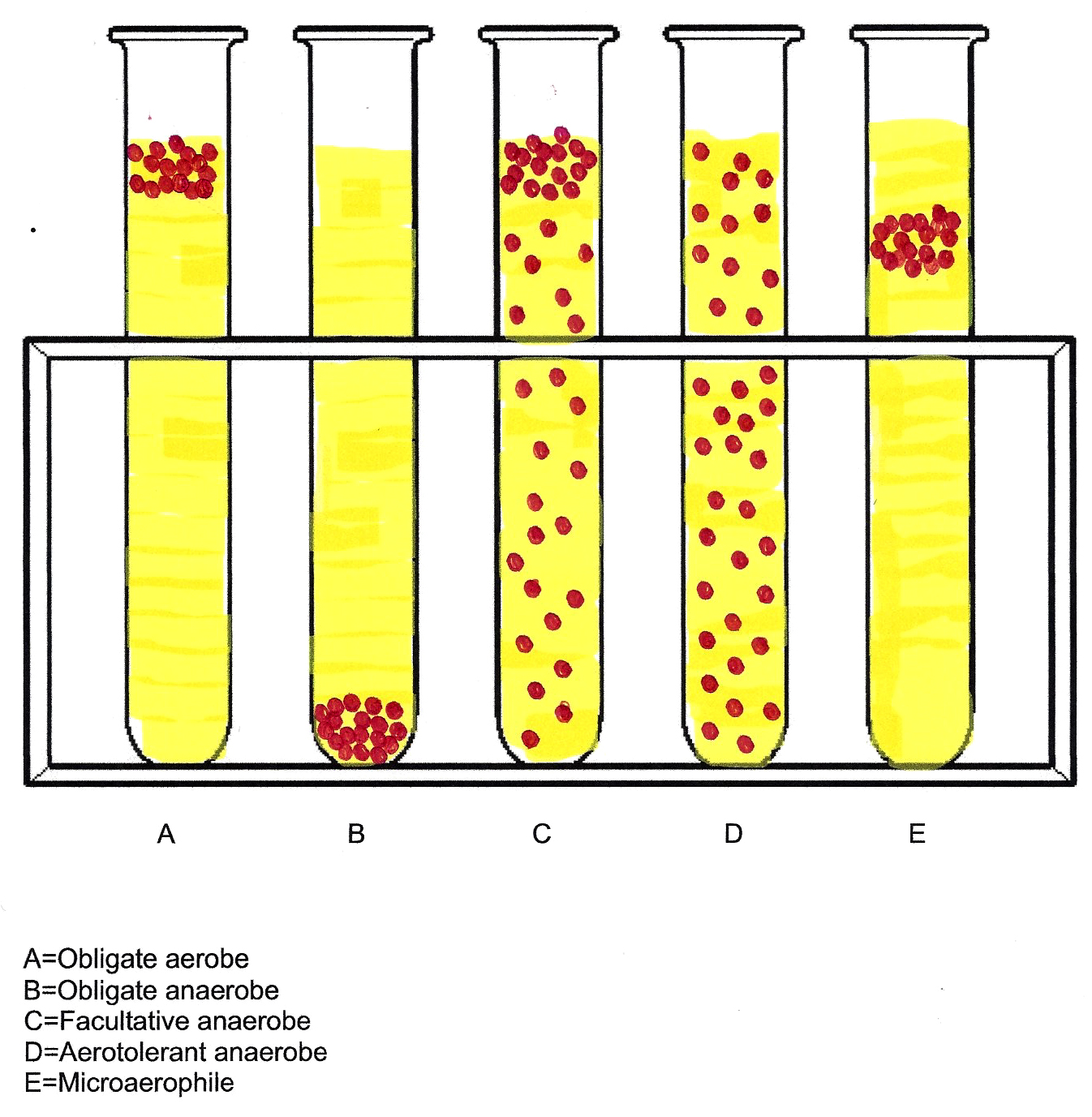
Growth in FTM Tubes
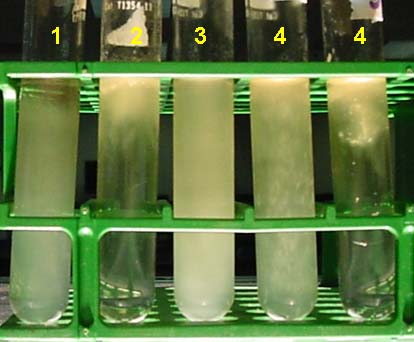
Tube 2: Obligate aerobe-growth only in the top portion of the tube where oxygen is present.
Tube 3: Aerotolerant anaerobe-uniform growth from top to bottom.
Tube 4: Facultative anaerobe-uneven distribution of growth from top to bottom (more growth at the top).
Tube 5: Obligate aerobe-growth is only in the top portion of the tube where oxygen is present.
POST TEST
DISCOVERIES IN MICROBIOLOGY
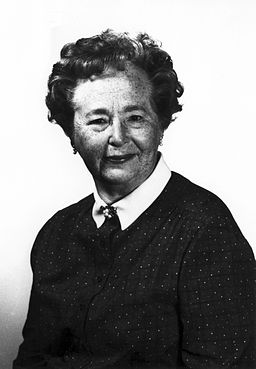 GERTRUDE ELION
GERTRUDE ELION
American biochemist and pharmacologist Gertrude Elion discovered the first successful antiviral drug, acyclovir, used to treat herpes simplex and varicella-zoster infections. She also discovered the first immunosuppressive drug, azathioprine, used to prevent rejection of organ transplants.

